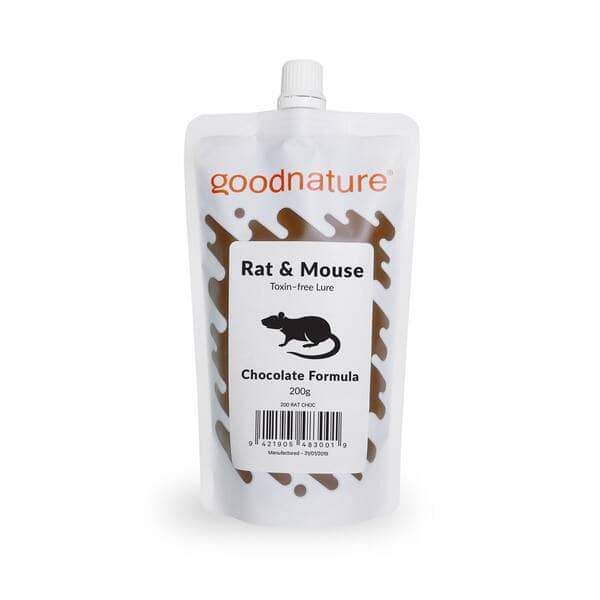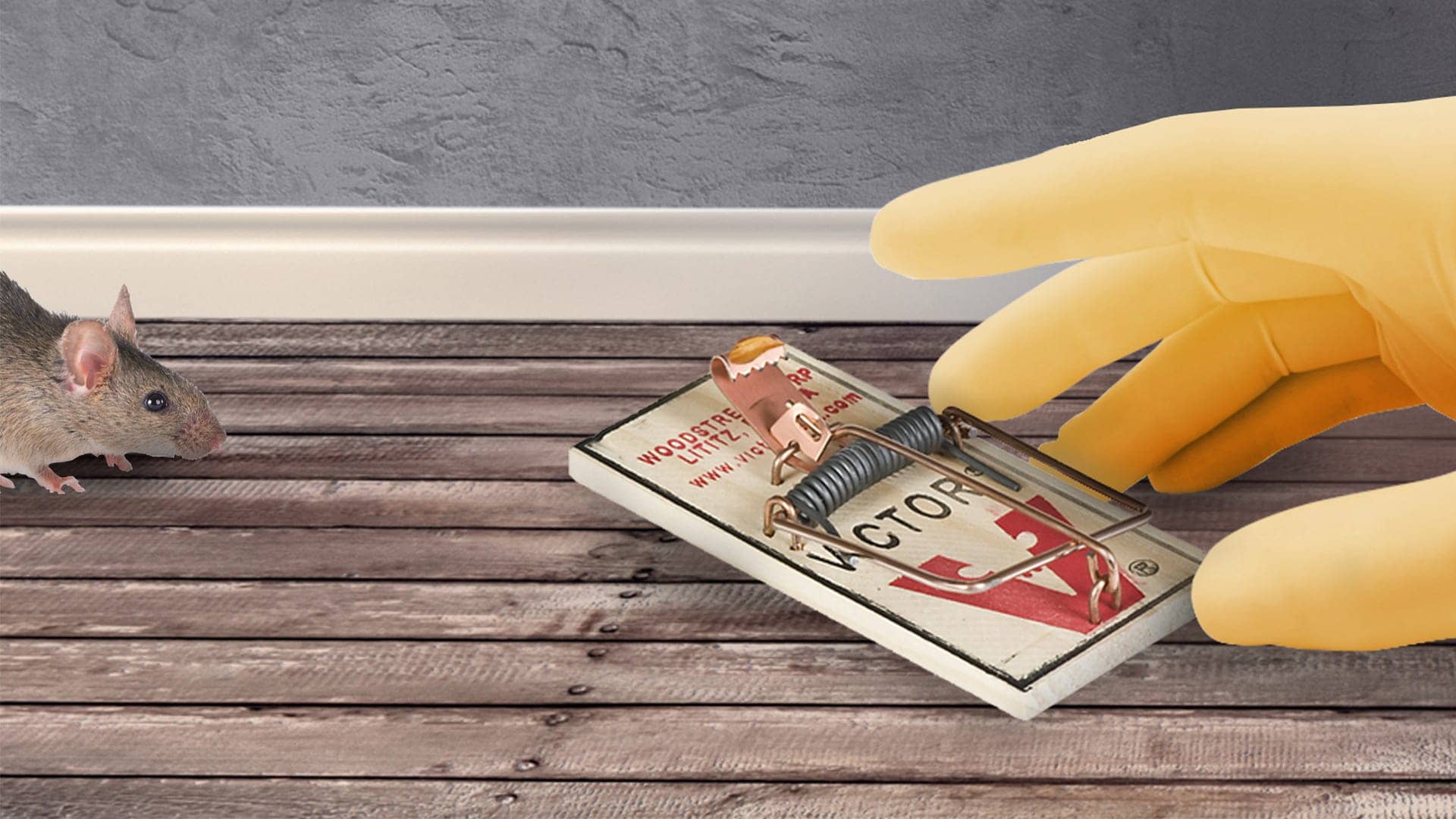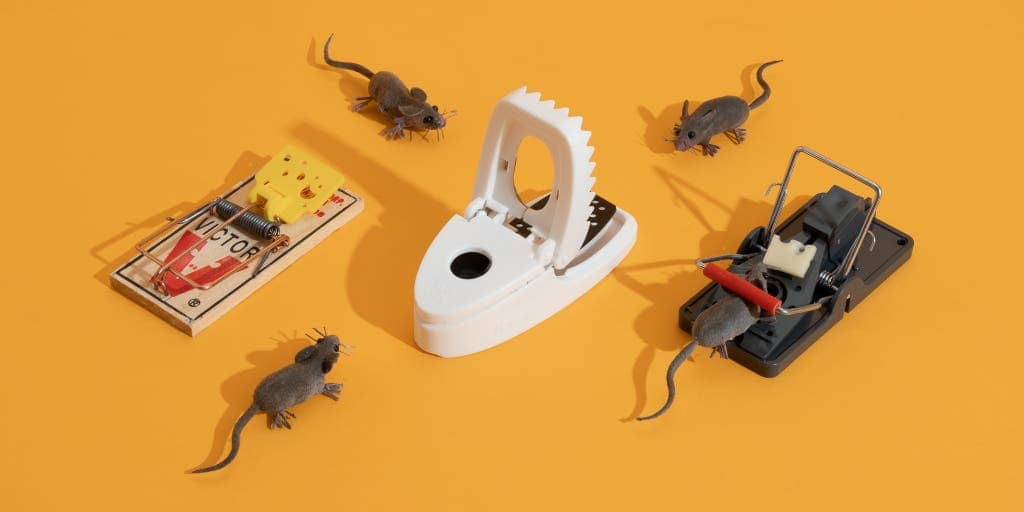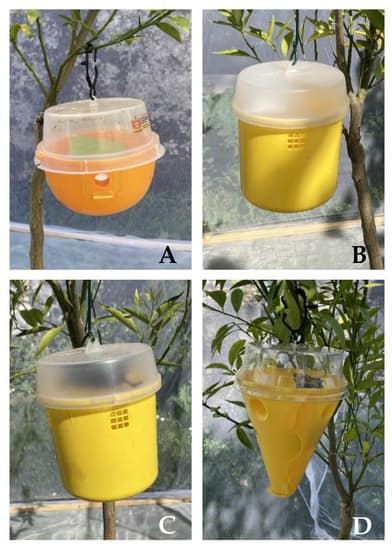Using bait is an effective way to increase mouse trapping success. By strategically placing bait that mice are attracted to, you can enhance the efficiency of your trapping efforts.
Mice are naturally drawn to certain scents and food items, such as peanut butter, chocolate, or seeds. Placing these baits near the traps can entice mice to come closer and be caught. This method can be especially useful in areas where mice populations are high or where trapping has been challenging in the past.
By utilizing appropriate bait, you can significantly improve your chances of successfully trapping mice and controlling their population.
Using Bait Effectively
Increase your mouse trapping success by effectively using bait. Learn how to choose the right bait and strategically place it to attract and catch more mice.
When it comes to trapping mice, using bait effectively is crucial for achieving successful results. Properly selecting the right bait, placing it strategically, and maximizing its effectiveness can significantly increase your trapping success rate. Here are some tips to help you use bait effectively:
Selecting The Right Bait:
- Peanut Butter: This classic option is highly attractive to mice due to its strong smell and taste.
- Cheese: Another popular choice, cheese is a scent that mice find irresistible.
- Chocolate: The sweet aroma of chocolate can entice mice to investigate the trap.
- Bird Seed: Some mouse traps are specifically designed to hold bird seed, as it can effectively lure in mice.
Placing Bait Strategically:
- Identify High Activity Areas: Look for signs of mouse activity such as droppings, gnaw marks, or chewed wires, and place your traps accordingly.
- Position Traps along Walls: Mice tend to travel along walls, so placing traps parallel to the wall increases the chances of trapping them.
- Multiple Traps: Set up multiple traps in a single area, as mice are more likely to take the bait if they see other mice already captured.
Maximizing Mouse Trapping Success:
- Use Fresh Bait: Replace bait regularly to ensure its freshness and effectiveness.
- Changing Locations: If you’re not having success in one area, don’t be afraid to move your traps to a different location within your home.
- Regular Inspections: Check your traps frequently to see if any mice have been caught and to reset the traps as needed.
By following these strategies and using bait effectively, you’ll increase your chances of successfully trapping mice in your home. Remember to be patient and persistent, as trapping mice can sometimes require multiple attempts.

Credit: www.amazon.com
Selecting The Right Bait
Increase your mouse trapping success by selecting the right bait. Choosing enticing baits can help increase your chances of catching mice effectively.
Using Bait To Increase Mouse Trapping Success
When it comes to trapping mice effectively, selecting the right bait can make all the difference. Mice have distinct preferences when it comes to food, and understanding these preferences can help improve your trapping success. In this section, we will explore popular bait options that are known to attract mice and provide some tips on maximizing their effectiveness.
Understanding Mouse Preferences
To select the most enticing bait for mice, it’s important to understand their preferences. Mice are attracted to certain types of food, and knowing what they find irresistible can enhance the success of your mouse traps. Here are some key points about mouse preferences:
- Mice are opportunistic eaters, and they tend to prefer high-calorie foods.
- They have a keen sense of smell and are attracted to strong, fragrant scents.
- Mice are more likely to be attracted to foods that are easy to access and transport.
Popular Bait Options
When it comes to baiting mouse traps, there are several options that have proven to be popular and effective. Let’s take a look at some of these bait options:
Cheese:
- Cheese is perhaps the most widely known bait for mouse traps.
- The strong aroma and high-fat content of cheese make it appealing to mice.
- Cheddar, Gouda, and Swiss are popular cheese choices for trapping mice.
Peanut Butter:
- Peanut butter is another excellent choice for baiting mouse traps.
- Its rich, nutty fragrance is highly attractive to mice.
- The sticky consistency of peanut butter makes it difficult for mice to remove from the trap without triggering it.
Chocolate:
- Believe it or not, chocolate can be an enticing bait for mice.
- The sweet scent of chocolate is appealing to mice, especially dark chocolate varieties.
- Use small pieces or shavings of chocolate for the best results.
Bacon:
- Bacon’s strong aroma can be irresistible to mice.
- The high fat and protein content makes it a tempting food choice for them.
- Consider crisping the bacon beforehand to intensify its scent.
Mixing Bait For Increased Attraction
For even greater effectiveness, consider mixing two or more bait options together. This combination can create a more enticing scent for mice, increasing the likelihood of trapping success. Here are a few examples of bait combinations that you can try:
- Peanut butter and chocolate: The nutty scent of peanut butter combined with the sweet aroma of chocolate creates a powerful bait mix.
- Cheese and bacon: The strong smells of cheese and bacon combined can be irresistible to mice.
- Peanut butter and cheese: This combination offers both the strong fragrance of peanut butter and the high-fat content of cheese.
Using Scented Baits
In addition to selecting the right food, you can enhance the effectiveness of your bait by using scented options. Mice rely heavily on their sense of smell, so utilizing scented baits can increase their attraction. Consider these options:
- Vanilla extract: A few drops of vanilla extract on your chosen bait can create an appealing scent for mice.
- Mint leaves: Placing fresh mint leaves near the trap or embedding them in the bait can entice mice with their refreshing aroma.
- Essential oils: Using a cotton ball soaked in a mouse-attracting essential oil, such as peppermint or lavender, can help lure mice towards the trap.
By understanding mouse preferences and selecting the right bait, you can significantly increase your mouse trapping success. Don’t be afraid to experiment with different bait options and combinations to find what works best for you. Happy trapping!
Placing Bait Strategically
Increase your mouse trapping success by strategically placing bait. By strategically placing bait, you can effectively lure mice into traps and increase your chances of catching them.
When it comes to increasing mouse trapping success, strategically placing bait is crucial. By placing the bait in the right locations, you can significantly improve your chances of trapping those pesky critters. Here are some tips to help you maximize the effectiveness of your bait placement:
Identifying High-Traffic Areas:
- Look for signs of mouse activity, such as droppings, gnawed objects, or greasy smudges along walls.
- Pay attention to areas with food sources, like kitchens or pantries.
- Check for entry points, such as gaps in walls or floors, and focus on bait placement near these areas.
Avoiding Obstacles And Distractions:
- Keep bait away from cluttered or crowded spaces, as mice may find it difficult to access.
- Avoid placing bait near strong odors or cleaning products, as these may deter mice from approaching.
Ensuring Adequate Space For Traps:
- Give traps enough space to function properly. Overcrowding them can decrease their effectiveness.
- Place bait slightly away from the trap to allow the mouse to approach without triggering it.
Placement Tips For Different Settings:
Home:
- Place bait in areas where mice are likely to hide, such as behind appliances, under furniture, or inside cabinets.
- Consider placing bait near baseboards or along known mouse paths.
Garden:
- Put bait near garden sheds, compost heaps, or any other areas where mice may seek shelter or food.
- Be cautious not to place bait near edible plants to avoid contamination.
Attic:
- Position bait along attic walls or in corners where mice tend to travel.
- Ensure the bait is placed securely to prevent it from being knocked over or moved by rodents.
Garage:
- Focus on bait placement near garage doors, windows, or any other openings where mice may enter.
- Avoid placing bait near vehicles or chemicals that could be harmful if the bait is disturbed.
Remember, effective bait placement goes hand in hand with regular monitoring. Check the bait frequently to determine if it needs to be replenished or if you need to reconsider your placement strategy. With patience and strategic bait placement, you’ll increase your chances of successfully trapping those unwanted mice.
Maximizing Mouse Trapping Success
Increase your mouse trapping success by using bait strategically. By choosing the right bait and placing it effectively, you can maximize your chances of trapping mice successfully.
Using effective bait is crucial in increasing your success rate when it comes to trapping mice. By enticing the mice with the right bait, you can significantly improve the chances of capturing them. Here are some key strategies to consider:
Monitoring And Adjusting Bait:
- Check the bait regularly to ensure it has not gone stale or spoiled.
- Monitor the feeding patterns of the mice to determine their preferences.
- Experiment with different types of bait to find what works best in your specific situation.
- Adjust the amount of bait used based on the level of mouse activity.
Regularly Checking Traps And Replenishing Bait:
- Inspect the traps frequently to identify any captured mice and reset the traps as needed.
- Replace the bait if it has been consumed or if it has lost its freshness.
- Consider using trap placement indicators to easily identify which traps need attention.
Using Multiple Traps For Better Results:
- Increase the number of traps to cover a larger area and maximize your chances of trapping mice.
- Place traps in strategic locations where mouse activity is high, such as near food sources or along walls.
- Experiment with different types of traps, such as snap traps or live traps, to determine which ones are most effective.
Maintaining Cleanliness To Increase Trapping Success:
- Keep the surrounding area clean and free of food debris to prevent mice from being attracted to alternate food sources.
- Use gloves while handling traps and bait to minimize the transfer of human scent, which can deter mice from approaching the traps.
Proper Disposal Of Trapped Mice:
- Wear gloves when removing trapped mice to avoid direct contact with them.
- Place the mice in a sealed bag and dispose of them in an appropriate manner, following local regulations.
- Clean and sanitize the traps after each use to prevent the spread of bacteria or disease.
Considering Professional Assistance If Trapping Efforts Fail:
- If your trapping efforts are unsuccessful despite implementing various strategies, it might be time to seek professional assistance.
- Pest control experts have specialized knowledge and tools to effectively deal with mouse infestations.
- They can assess the situation, provide professional-grade solutions, and ensure a long-term resolution to your mouse problem.
By following these strategies and adjusting your approach, you can increase the success of your mouse trapping efforts and effectively control mouse populations in your home or business.
Frequently Asked Questions Of Using Bait To Increase Mouse Trapping Success
Does Baiting Mouse Traps Attract More Mice?
Baiting mouse traps does not attract more mice.
How Can I Make My Mouse Trap More Effective?
To make your mouse trap more effective, consider these tips: 1. Opt for a bait that attracts mice, like peanut butter or cheese. 2. Place the trap in areas where mice are often seen, such as along walls or in dark corners.
3. Ensure the trap is clean and free from any previous catches to maintain its efficiency. 4. Check the trap regularly and remove any captured mice promptly to prevent others from becoming wary.
Can You Put Too Much Bait On A Mouse Trap?
No, you cannot put too much bait on a mouse trap.
Why Is My Mouse Trap Bait Gone But No Mouse?
The bait on your mouse trap could be gone but no mouse because it may have been eaten by other pests or the trap wasn’t set properly.
Conclusion
Using bait is an effective strategy to increase mouse trapping success. By understanding the preferences and behaviors of mice, you can select the most enticing bait to attract them. Peanut butter, cheese, and chocolate are all popular choices that have proven to be highly successful.
It is important to place the bait strategically, targeting areas where mice are most likely to be active or where their droppings or signs of damage have been observed. Additionally, using bait stations or traps that are designed to hold the bait securely will increase the likelihood of trapping success.
Regularly monitoring and refreshing the bait will ensure that it remains enticing to mice. By following these guidelines, you can significantly increase your chances of catching mice and effectively eliminating them from your home or business. Don’t let mice become a nuisance any longer – take control with the power of bait!



